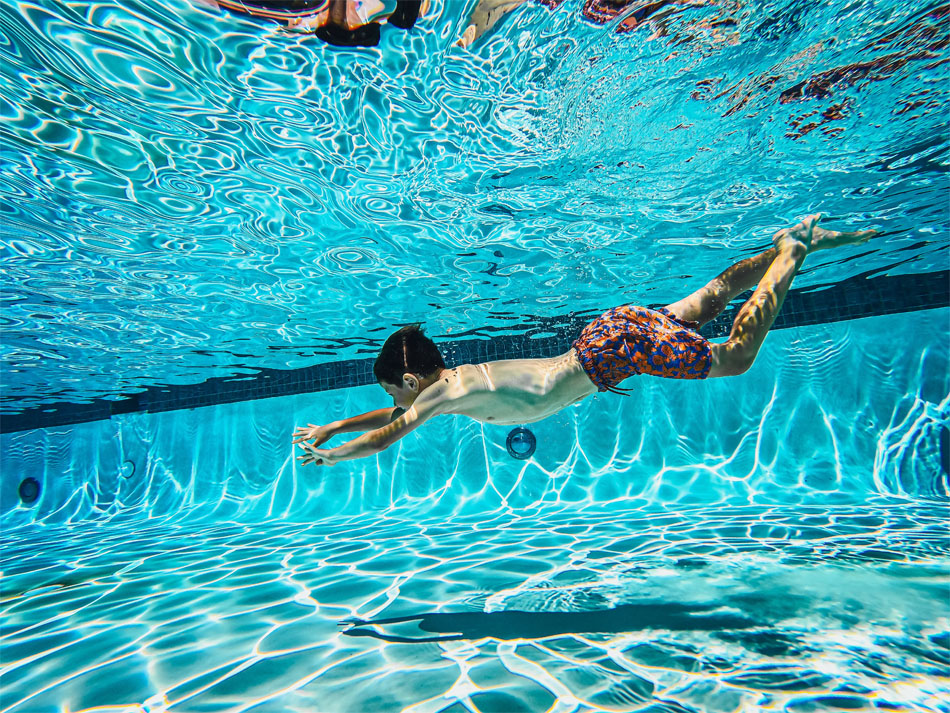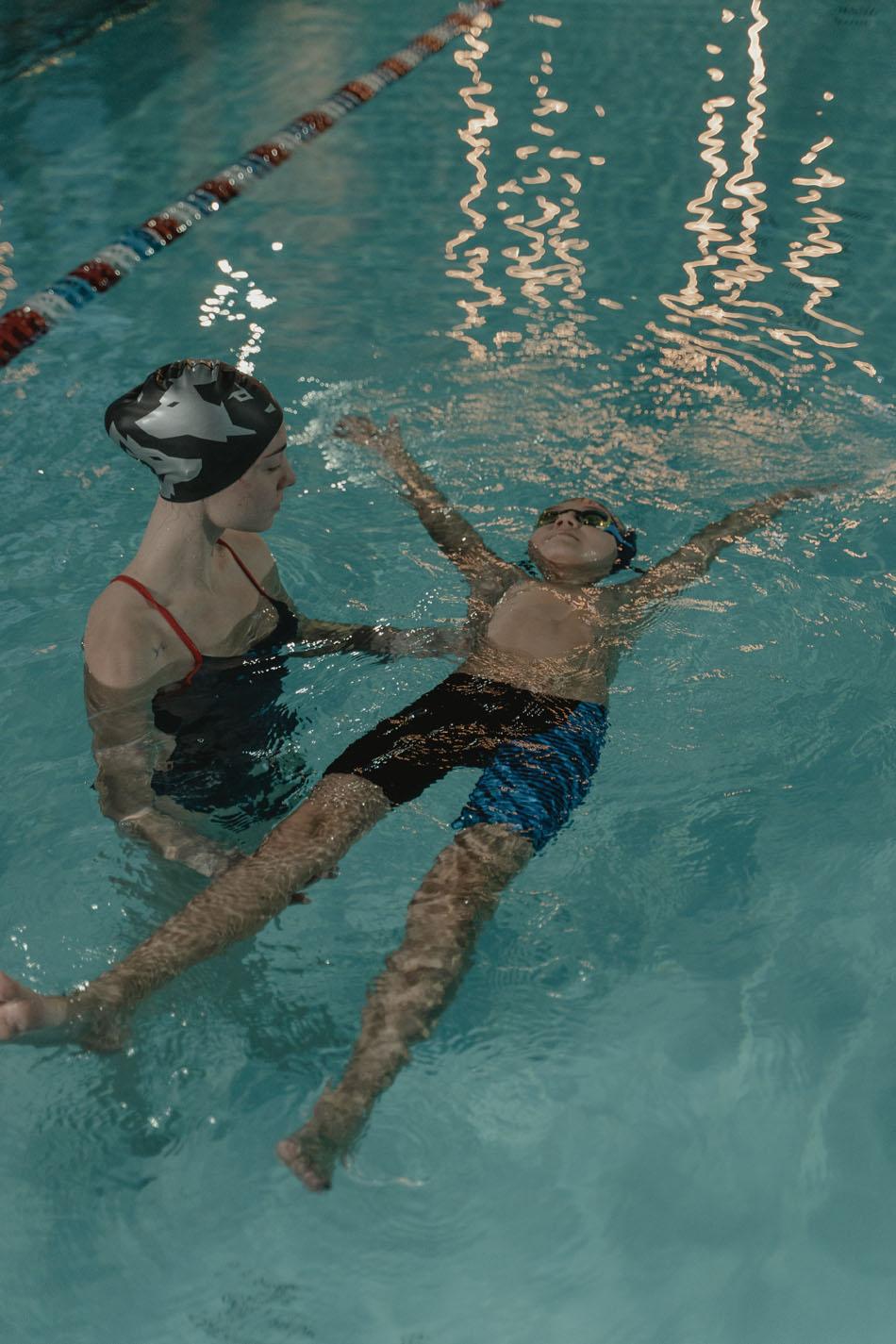Water Safety Essentials: Smart Rules for Pools, Beaches & Boating
Jul 18th 2025
Learning to swim isn’t just about getting fitter or becoming a professional athlete. It’s about learning an essential skill that can make all the difference between life and death in the future. It opens up a whole new world to beginners, and proper teaching is essential to make sure they enjoy the process and stick with swimming.

A structured approach and strategy are crucial when teaching beginners to swim, and there are various drills for beginner swimmers that can be used to improve their skills. The drills should focus on not only improving skills necessary for swimming but building the confidence that individuals will need to truly feel comfortable in the water. If you’re looking for a guide that will help you train new students to swim better, keep on reading:
Familiarization with Water
Before you dive headfirst into different types of strokes and swimming techniques, it’s important to familiarize your students with the water. Teaching beginners to swim begins when they start being comfortable in their environment. Exercises that you can do at this stage include blowing bubbles in the water and simply floating in the water.
Encourage students to blow bubbles while submerged in the water so they can move beyond the fear of getting water in their noses or mouth. You can also instruct them to float around on their backs, which requires minimal energy and effort. It will allow them to see how they’re able to float even without knowing proper swimming techniques and can significantly lessen the fear of drowning while in the water.
This is also the ideal time to introduce drills for beginner swimmers that include swimming gear. Find kickboards and flotation devices that allow students to practice kicking and moving around in the water.
Building a Solid Foundation
Body alignment and position are the building blocks for any good swimmer, and you must emphasize this part more than any other. Without proper form and alignment, beginner swimmers can often get tired more easily and give up on swimming altogether. Teaching beginners to swim with proper form can allow for improved balance in the water and easier mobility. Drills for beginner swimmers that focus on alignment and body posture include:
- Back and front glide: Students will need to push off from a solid surface (by kicking) and focus on gliding their bodies through the water. Ensure that they are maintaining a streamlined floating position while engaging core muscles.
- Tummy tucks: To improve body control and balance, tummy tucks are ideal. Instruct students to tuck their knees to their chest while floating towards the surface. Let them practice the exercise a few times to understand how to initiate forward movement.
- Streamline float: By extending their arms above their head and stretching their body in a straight line, students can float on their front and back while maintaining this position.
Starting with Easy Movements
Arm movements are critical to glide through the water and prompt any movement within the water. When you are teaching beginners to swim, you have to think about movements that they will feel comfortable with, as long as it doesn’t compromise their form. Here are some exercises that you should start with:
- Dog paddle: One of the easiest exercises to perform in the water, a variation of the dog paddle can help students increase arm strength. Beginners can do the exercise while standing in the water and doing the front crawl stroke. They should focus on keeping their fingers together and their elbows slightly bent.
- Arm circles: Performing circular movements in the water while standing chest-deep in the water can familiarize students with water resistance and drag. It helps them understand their range of motion while in the water, also improving flexibility and coordination.

Honing Kicking Skills
Strong kicking skills are required for propulsion, movement, and stability in swimming. Beginners will need to practice kicks in and out of the water to develop this skill. Additional drills for beginner swimmers include:
- Vertical kicks: Instruct students to hold the pool edge and practice kicking vertically with their feet submerged in the water. A straight body position has to be maintained while core muscles are engaged. Emphasize small and quick movements.
- Flutter kicks: With the help of a kickboard, instruct students on how to do flutter kicks while holding the kickboard as a stabilizing support. The legs have to be kept straight while kicking from the hips. Count periodically to maintain a rhythm.
- Kick-on-back with flotation devices: Instruct your students to float on their backs while propping the noodle under their arms. Teach beginners to swim this way by doing flutter kicks while keeping their bodies aligned.
Combining Movements
With enough practice, even beginners will start to feel comfortable being in the water and practicing their kicks and arm strokes separately. Teaching beginners to swim by combining movements is the natural next step. You can begin by teaching them freestyle swimming.
While instructing beginners, focus on arm extension, and help them coordinate their arm movements with their breathing. Introduce flutter kicks with front crawl arms. The focus for all combined movements should be proper body alignment, technique, and rhythm.
When you are teaching beginners to swim, you should always focus on telling them to do what feels most comfortable. They should prioritize good technique and alignment above being fast or strong with their movements, as this can set a solid foundation for consistent swimming.
Ensuring Good Technique and Consistency
Besides teaching beginners to swim, you also have to build their confidence in the water. Teaching swimming to beginners also includes improving their endurance in the water. You should begin by motivating students to swim longer each time they’re in the pool. Interval training with a pace clock is also a good option for building stamina and strength.
Teaching swimming can require a lot of patience and clear instructions from your end. Focusing on your students’ comfort and ensuring a steady pace throughout the lessons is crucial to helping them love swimming. With consistent encouragement and motivation from you, students can come to be more confident and improve their technique while gaining essential life skills.












